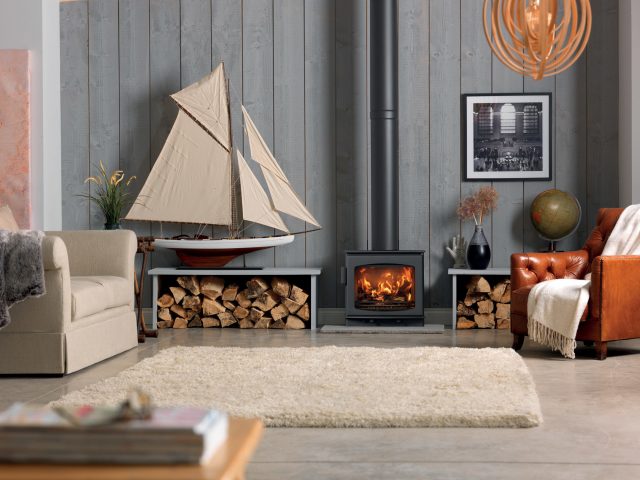As we approach the end of June, and hopefully some sunny weather, those looking at a stove installation in 2019 tend to put this on the back burner (excuse our joke!). The fact is that when the main selling season starts in September you will be very fortunate to find an installer with any free time before the end of the year – bookings will be flowing thick and fast. As a consequence, we have put together some very attractive packages for those looking at a stove installation later this year.
First package: £1300 (including stove and fitted)
Book your stove installation during June/July for September 2019 fitting for a very special price of just £1300.00. This includes:-
• Firefox 5.1 Cleanburn Stove
• 10 metres flue liner, MA adaptor, Register Plate, Cowl, Flue Pipe
• CO Alarm and fitting
• Hetas certificate on completion
The above price is based on an existing fireplace where no additional building work is required. If any additional building work is required this can be done at the same time at an agreed rate.


